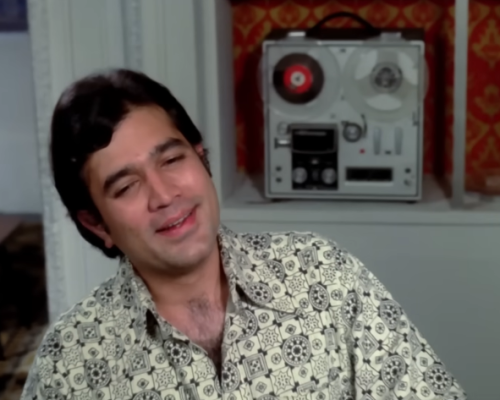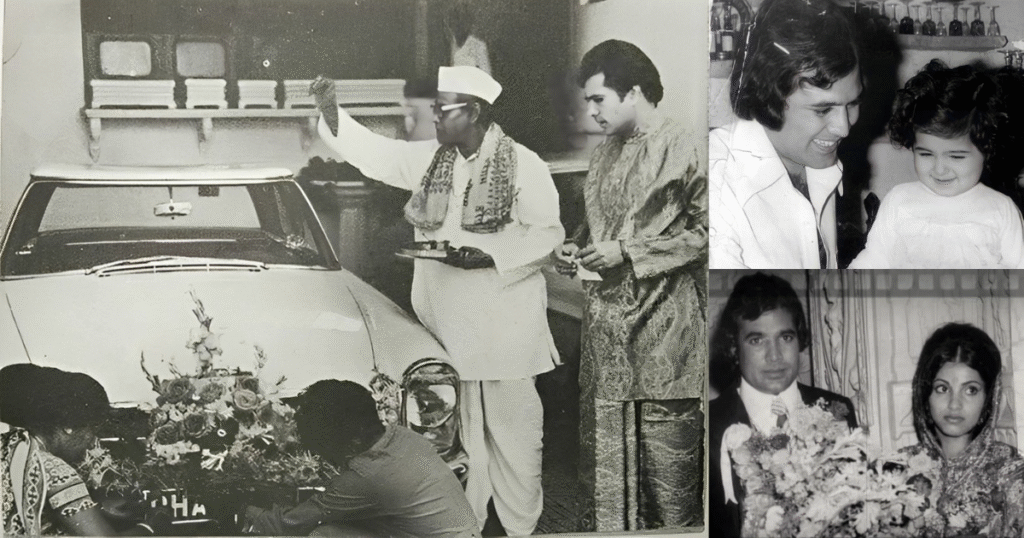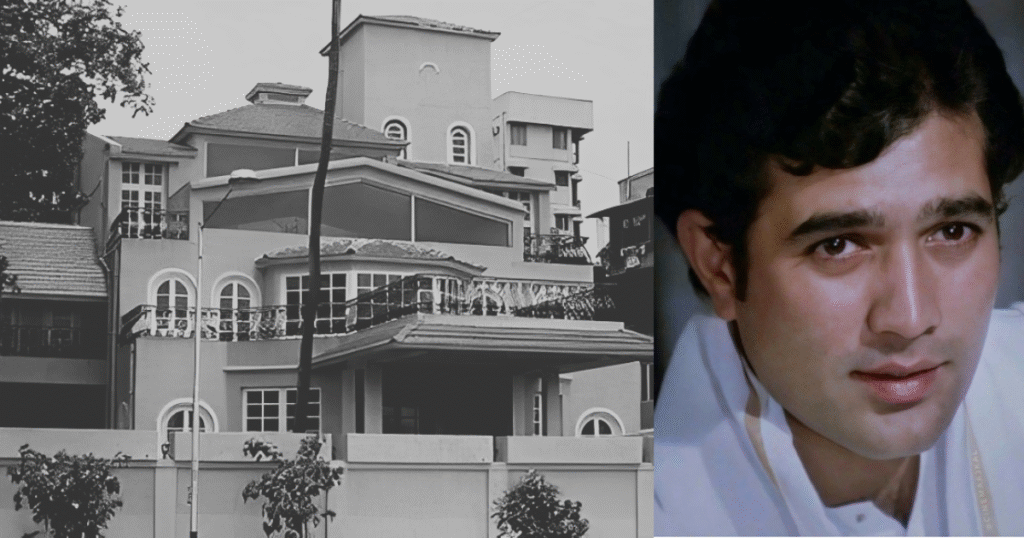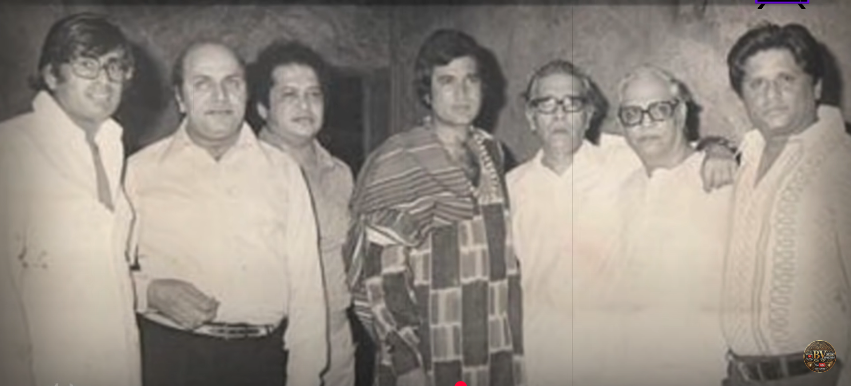The Superstar Who Changed Everything — Rajesh Khanna’s Unmatched Craze

From 1969 to 1976, Indian cinema witnessed a level of stardom never seen before. Rajesh Khanna‘s fame wasn’t just widespread — it was unprecedented. During this golden era, girls would send him letters written in blood, and fans would line up outside his bungalow just to catch a glimpse. Many even married his photographs, while his car remained covered not in dust, but in lipstick marks left by fans.
His name would echo loudly wherever he was spotted, and this craze continued for nearly eight years. Because Rajesh Khanna’s dialogue delivery and the way he expressed emotions on screen were so unique that audiences would get completely immersed in his performances. Almost every film became a hit, every dialogue turned iconic, and every smile made hearts race. The impact was so intense that even the term “superstar” in India was coined for him.

No actor before him had experienced such admiration. Actress Reena Roy once shared that many girls attempted suicide during his peak popularity—some even tried self-harm when they couldn’t see him.
Before Rajesh Khanna’s rise, Hindi cinema’s appeal was more regional. But with his popularity, its reach expanded dramatically — across India and even overseas. Films began releasing overseas, and shooting sets started attracting uncontrollable crowds. Authorities even requested Rajesh Khanna to avoid specific locations due to safety concerns.

At the peak of Rajesh Khanna’s superstardom, there stood a bungalow named Aashirwad, located on Carter Road, Bandra. It wasn’t just a house; it was a landmark. A symbol of his peak. A place where thousands of fans would gather daily just to get a glimpse. The gates of Aashirwad were often flooded with people — some crying, some throwing letters, and some simply waiting for hours in the hope of seeing the man they considered nothing less than human. But that love… turned overwhelming.

Crowds became uncontrollable. Traffic on Carter Road would halt. Some fans even fainted outside his home. Others would climb trees, walls, or stand on nearby rooftops. The area became so chaotic that it turned into a public safety concern. That’s when something unusual happened — something that had never happened outside any star’s house before. That’s why a police station was quietly built right next to Rajesh Khanna’s bungalow.
It wasn’t for VIP protection or political pressure. It was purely because of his fans. The local authorities were forced to create a permanent setup to control the madness because no other star’s house had seen this level of daily crowd hysteria. That tiny police station became a silent witness to India’s most extraordinary fan movement.

And yet, Rajesh Khanna never disrespected his admirers. He’d sometimes wave, sometimes smile, but mostly stayed inside. There were whispers that the noise had started to disturb his peace, but he never once asked the police to remove the crowd. Because deep down, he knew — this chaos was love.
Today, Aashirwad may no longer exist, and the bungalow has changed hands, but the story it once held hasn’t faded. It remains a timeless reminder of when Bollywood witnessed its first true superstar, and India felt its first wave of cinematic madness.




Pingback: From Vinod Khanna to Naseeruddin Shah: Why Some Bollywood Actors Clashed with Amitabh Bachchan